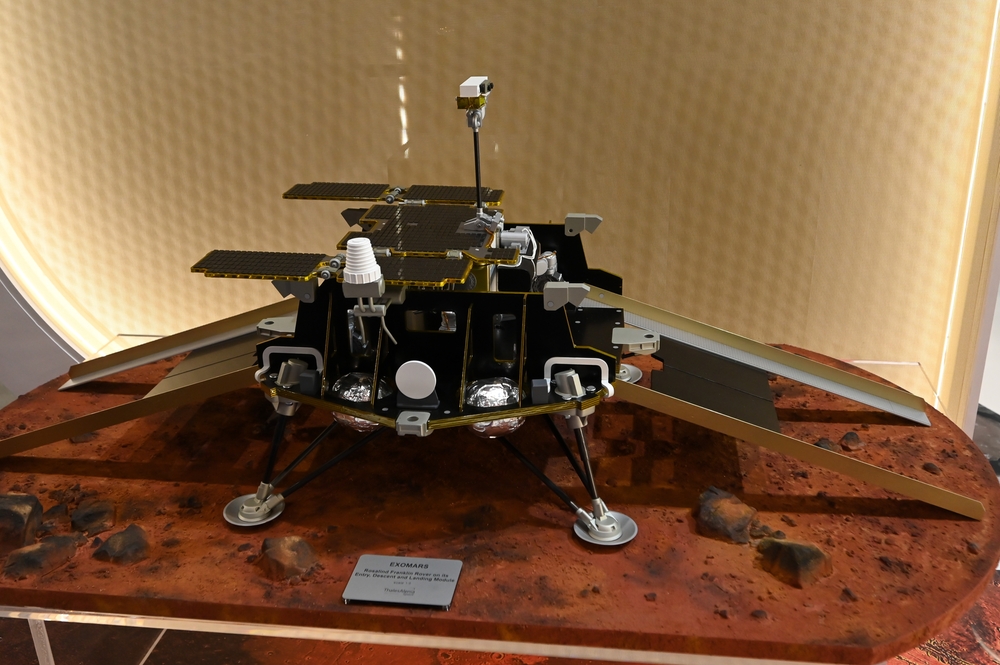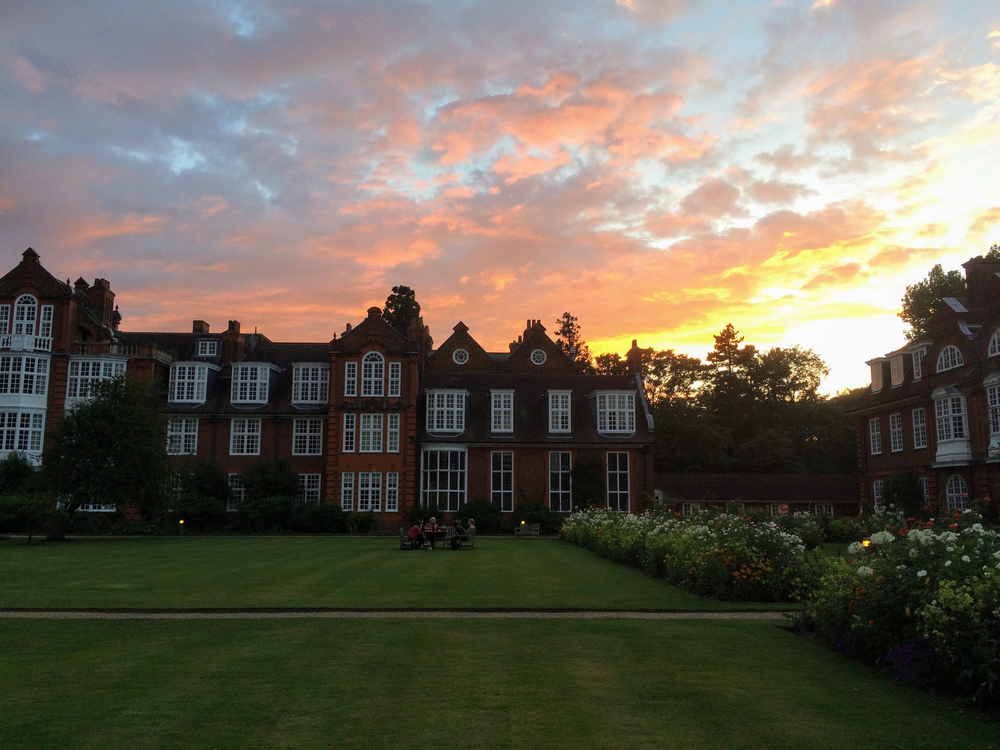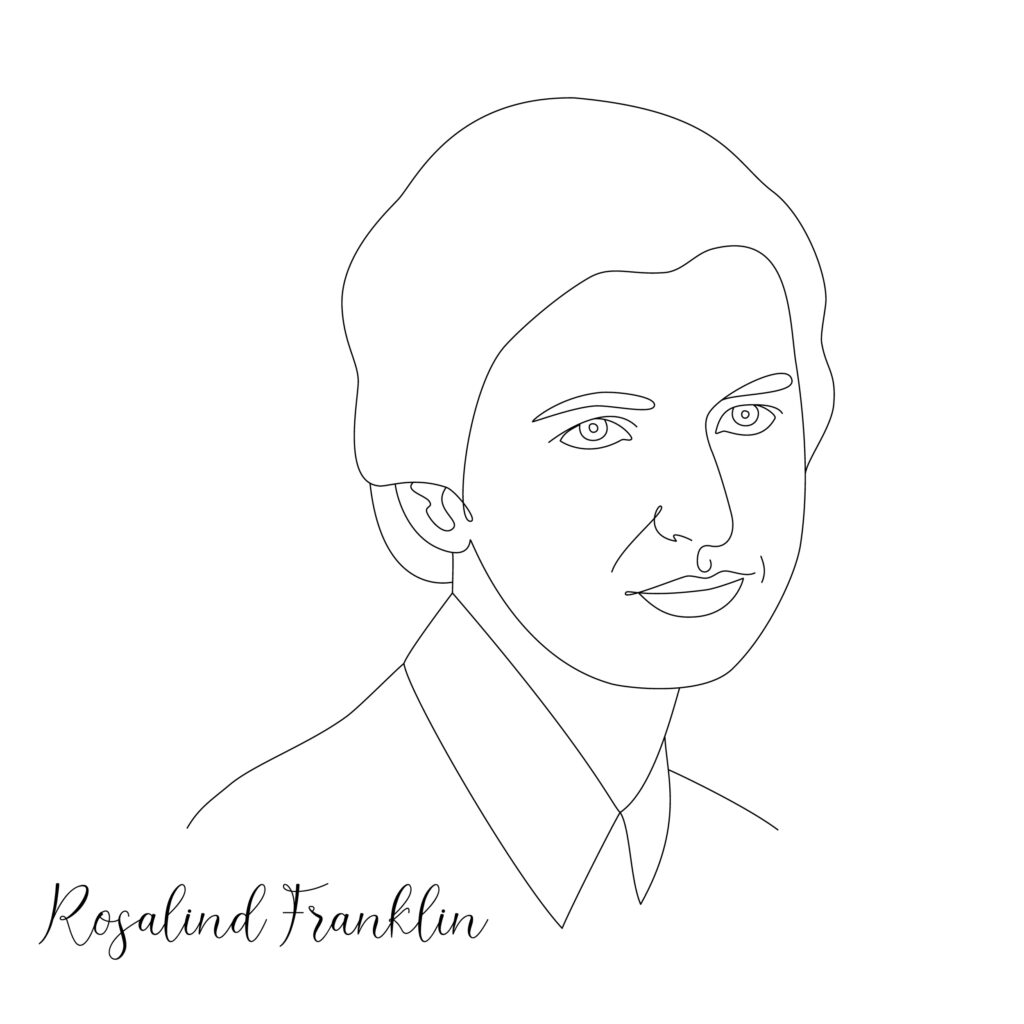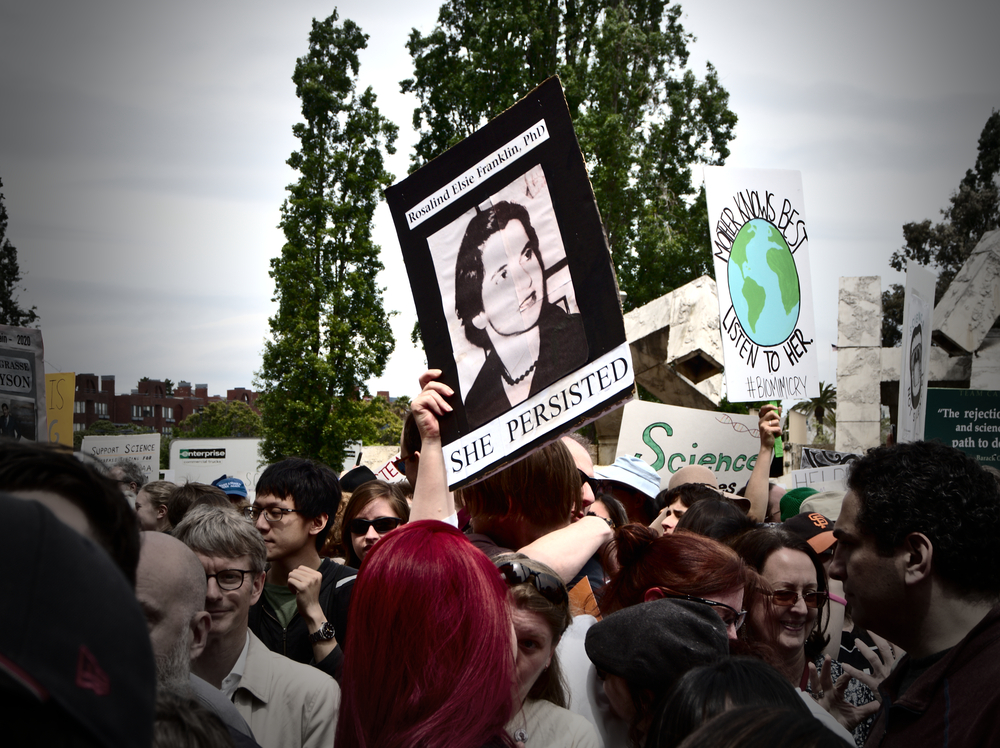She took one of the most important images in the world, and then the world tried to erase her name

There are moments in history when a single act of patience changes everything. A camera shutter clicks. A photograph develops. And suddenly, the hidden architecture of life is revealed. In 1952, Rosalind Franklin captured such a moment. Her photograph of DNA, later known as Photo 51, was more than just an image—it was a key that unlocked the double helix, the very shape of life itself.
But here’s the truth: the world almost forgot her. Others took the credit, while her name was pushed to the margins. And yet, her story is not only about loss. It is about resilience, integrity, and the enduring power of truth. Franklin’s journey forces us to ask difficult questions about recognition, about justice, and about the voices we choose to hear—or silence.

The Photograph That Changed Everything
Sometimes the most powerful revolutions don’t begin with a speech, a protest, or a loud declaration. They begin in silence, in the stillness of a basement lab, where one woman’s determination gave birth to an image that would change how we see life itself. In 1952, Rosalind Franklin, working alongside her student Raymond Gosling, captured a single photograph that the world would come to know as Photo 51. To the untrained eye, it was a blurry X-shaped pattern of dots and lines. To those who understood the language of science, it was a key—a glimpse of DNA’s secret shape, the double helix, the very structure of life.
Rosalind didn’t stumble upon this by chance. She was a master of patience, precision, and persistence. She spent hours preparing DNA fibers, carefully controlling conditions so that her X-ray diffraction images were sharp enough to speak clearly. Where others might rush for glory, she waited for truth. That’s the thing about real discovery—it doesn’t happen overnight, and it doesn’t shout. It whispers. It reveals itself only to those who are disciplined enough to listen. Franklin listened. And what she saw became one of the most important images of the 20th century.
This wasn’t just science—it was poetry written in molecules. That photograph proved that life itself had a structure both beautiful and profound, twisting like a ladder in infinite symmetry. And yet, even as this revelation quietly shifted the course of biology, the woman behind it was barely noticed. Her brilliance wasn’t celebrated. Her patience wasn’t honored. Her name wasn’t etched into the first telling of the story. Instead, others would take the spotlight. But before we get there, we must pause and recognize the truth: without Rosalind Franklin’s Photo 51, the shape of DNA might have remained hidden, and the story of genetics might have unfolded very differently.

When Credit Was Stolen
History doesn’t always reward the truth. Sometimes it rewards the loudest voice in the room, or the one most connected to power. For Rosalind Franklin, the photograph that should have secured her place in the scientific pantheon was quietly taken from her. A colleague, Maurice Wilkins, shared Photo 51 without her knowledge with James Watson, a young scientist eager to outpace his rivals. The moment Watson saw it, he later admitted, his heart began to race—he knew he had found the missing piece. Within weeks, he and Francis Crick had built their model of DNA, a model that would be hailed as one of the greatest scientific breakthroughs in human history.
But notice what happened here. The world applauded the model, but it ignored the image that made the model possible. Watson and Crick published their discovery in Nature in 1953. Franklin’s data appeared in the same issue, but tucked away, framed as supporting material rather than central truth. She was cast as a contributor at the margins of the story rather than the mind whose work had opened the door. It wasn’t just an oversight—it was a rewriting of the narrative, a reshaping of history that favored those who had the louder megaphone.
Nine years later, in 1962, Watson, Crick, and Wilkins were awarded the Nobel Prize for the discovery of DNA’s structure. Rosalind Franklin had died of ovarian cancer four years earlier, at just 37 years old. The Nobel is never awarded posthumously, but even if it could have been, her name wasn’t on the shortlist. By then, the story had already been etched into public memory: the double helix was the triumph of two men in Cambridge, assisted by another in London, while the woman who made their discovery possible was barely mentioned. Imagine creating the foundation of a house and then watching others take the keys, move in, and call it their home. That was Rosalind Franklin’s fate.
This part of her story is a reminder that brilliance does not guarantee recognition, and truth alone does not always write the history books. It teaches us that credit can be stolen, stories can be manipulated, and silence can erase even the most powerful contributions. Yet it also begs us to ask: what do we do when the world tries to erase a name? Do we accept the version we are given, or do we dare to dig deeper, to restore the truth?

A Woman Against the Current
Rosalind Franklin’s journey was not just about molecules and microscopes. It was about resilience in a world designed to shut her out. In the 1950s, science was a boys’ club. Women were expected to be assistants, not leaders. They were expected to support, not to pioneer. Franklin, however, refused to shrink herself to fit those expectations. She entered the laboratory not as a guest but as an equal—though few of her colleagues saw her that way. Maurice Wilkins, the man who would later share her photograph without permission, often treated her as if she were his subordinate rather than a fellow senior researcher. What should have been a partnership turned into a power struggle, one shaped as much by gender as by personality.
The truth is, Franklin’s meticulous style of science did not match the culture around her. She believed that data must come first, that theories must rise from evidence, not ambition. In contrast, Watson and Crick worked with bold speculation, building models quickly and chasing recognition with equal speed. Their style was rewarded as visionary; hers was dismissed as overly cautious. Yet in reality, her discipline was exactly what made her discoveries so precise and undeniable. This double standard, where men’s daring was celebrated and women’s rigor was ignored, mirrored the wider inequities of her time.
Beyond the walls of her lab, Franklin was navigating a system that never truly made room for her. The informal networks of science—conversations over drinks, closed-door meetings, circles of influence—were places she was rarely invited into. It wasn’t just about professional rivalry; it was about exclusion, about being pushed to the edges of the very field she was helping to advance. And when history was written, that exclusion carried forward. Even Watson’s later memoir painted her as difficult and uncooperative, reinforcing a caricature instead of honoring her brilliance.
Her struggle reveals something universal: sometimes the greatest obstacle is not the work itself but the culture around it. Franklin had the intelligence, the discipline, and the vision. What she lacked was a system willing to see her for who she was. And that is the deeper tragedy—because how many Rosalind Franklins have been lost to silence, overlooked not because they lacked greatness, but because the world refused to recognize it?
Restoring What Was Lost
For many years after her death, Rosalind Franklin’s name lingered in the shadows, mentioned briefly in footnotes or passed over entirely when the story of DNA was told. But history has a way of resurfacing truth, even when it takes decades. Slowly, the world began to look back at the discovery of the double helix with fresh eyes. Scholars revisited the archives, journalists reexamined the story, and biographers pieced together what had really happened in those London basements and Cambridge offices. What they found was undeniable: Franklin’s work was not supporting evidence—it was the cornerstone. Her photograph was not background—it was the catalyst.
As this reevaluation gained momentum, her name began to rise. Plays were written about her. Books dedicated chapters to her. Schools, research centers, and even entire institutes were named in her honor. What had once been forgotten was now being reclaimed, and Franklin became a symbol not just of lost credit but of persistence, integrity, and quiet brilliance. She was no longer the woman left out of the Nobel Prize; she was the woman whose patience and rigor laid the groundwork for one of the greatest breakthroughs in modern science.
But there’s an important truth here: this restoration was not automatic. It did not happen because time simply “fixed things.” It happened because people chose to tell her story differently. They chose to ask whose voices were missing, whose names were left out, and whose contributions had been buried. That choice is what lifted Franklin’s story from obscurity into recognition. And that choice carries a lesson for all of us—that truth needs champions, and silence needs to be broken if we want justice to take root.
Rosalind Franklin’s legacy today is one of both triumph and warning. Triumph, because she finally has her rightful place in the narrative of discovery. Warning, because her delayed recognition reminds us how easily brilliance can be overlooked when bias, prejudice, and power distort the story. Her life asks us: who are we leaving out right now? Whose contributions are we ignoring in the present moment, only to honor them decades too late?
The Lesson We Cannot Ignore
Rosalind Franklin’s story is not only about science. It’s about the world we live in and the choices we make when it comes to whose voices we elevate and whose we erase. Her life shows us that brilliance can be silenced if the culture around it refuses to listen. It shows us that the truth can sit in plain sight—captured in a single photograph—and still be overlooked because power decides whose names are written into history. And if that happened then, we must ask: where is it happening now? Whose gifts, whose creativity, whose quiet genius is being ignored today?
This is where her story becomes more than history—it becomes a mirror. Franklin teaches us that integrity matters even when recognition doesn’t come. She stayed loyal to the evidence. She refused to rush. She worked not for applause but for accuracy, and though others took her credit, they could not take the purity of her pursuit. In a world that often glorifies speed, shortcuts, and spectacle, her life reminds us that what endures is not noise, but truth. The photograph she left behind has outlived all the politics and rivalries of her time. That’s the power of doing the work the right way, even when no one is watching.
But remembering Franklin is not enough. Her story calls on us to build something better. To honor her means making sure no one else is erased in the same way. It means looking at our workplaces, our communities, and our own habits of recognition, and asking whether we are truly giving credit where it’s due. It means asking whether we are listening to the voices on the margins, the ones who may not be loud but whose contributions carry weight. This isn’t just about fairness—it’s about progress. Because when every voice is valued, discovery expands. When every person is seen, humanity moves forward.
So let Rosalind Franklin’s life be more than a tale of injustice. Let it be a call to action. Let it remind us to see the unseen, to hear the unheard, and to honor those whose light burns quietly but brightly. The double helix may be etched into the story of life, but so too is her legacy—a legacy that challenges us to write history differently from this moment forward.
Loading...

